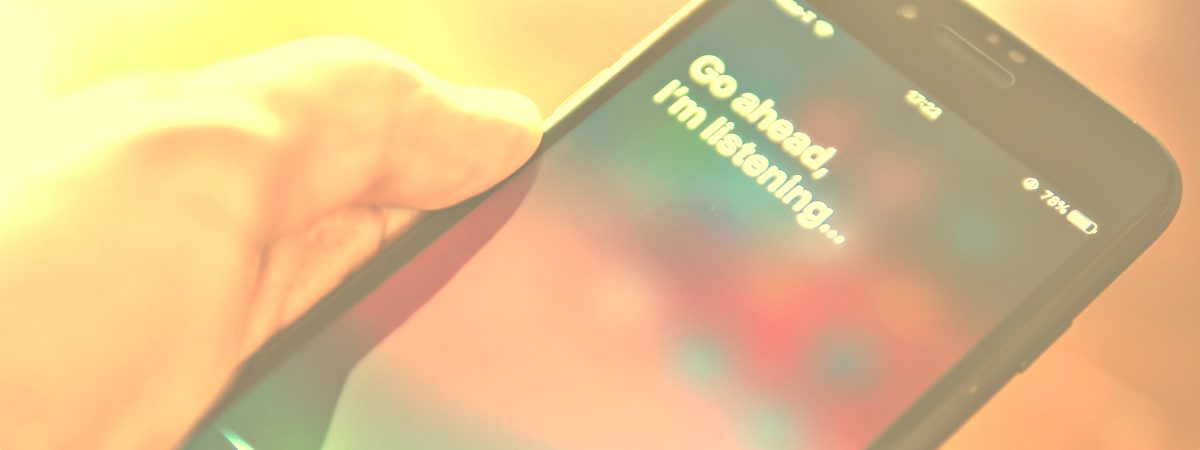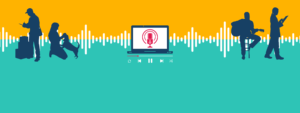If you want an example of the power of audio, you don’t have to go any further than something we can all relate to: Dad jokes. Imagine you are reading a listicle titled “150 Dad Jokes So Bad They’re Actually Hilarious.” As you go through the entire list, you would probably roll your eyes at most of the jokes.
But that’s no way to experience a dad joke!
What you need to do is find someone, ask them the silly question to set up the joke, and then, with barely suppressed laughter, deliver the punchline. Only when you hear them groan is the impact of the joke felt. Dad jokes aren’t meant to be read; they’re meant to be heard. They can work beautifully as a fun feature on a multi-person morning radio show. They don’t work in a book.
Audio delivers nuance and meaning through inflection and volume you can’t get from text.
Of course, the power of audio goes far beyond humour. At Signal Hill Insights, we’re audio evangelists because we believe that when it comes to getting folks to truly understand each other, listening beats reading and watching every time.
Don’t believe us? Well, think of all the hand wringing you’ve heard about how our attention spans are getting shorter and shorter, then compare that to the growing number of people who seem perfectly willing to spend hours immersed in listening to someone tell their personal story in a podcast.
The truth is these two trends are not really in conflict. Rather, they are just a function of what’s being asked of the media consumer. In short-form video like TikTok or Instagram, the ask is typically “look at me.” Admire what’s on the screen. Applaud me. That’s typically a quick hit, then on to the next. Audio is different.
The power of audio for understanding is hard-wired into our language. Consider those difficult conversations we all have from time to time. When you really need the other person to understand how you feel, you lean in and say “listen to me You don’t say “look at me.” It’s one of the reasons why that kind of conversation is often more effective on a phone call than a Zoom call. You know you will be heard.
Let’s talk about another example—prison stories.
Just about everyone agrees that movies like The Shawshank Redemption and shows like Orange is the New Black are remarkable artistic achievements, and powerfully evoke the experience of living behind bars.
So when we tell you they don’t deliver the same depth of understanding as the personal stories in the podcast Ear Hustle, a show about everyday life in a prison, you know we’re serious about audio. No matter how well-intentioned, movies and TV shows will take everyday prison life and turn it into a spectacle. Not Ear Hustle. It uses the power of audio to humanize the experiences of the prisoners.
Instead of dramatic archetypes, you get…people. Just normal people. And that’s not only enough, it’s necessary.
Audio can communicate a focused and unbiased understanding without the visual distractions of video.
One of the reasons audio is especially good at revealing personal truths is because it hides the visual cues that can result in snap judgements. You don’t see the MAGA hat, the colour of the speaker’s skin, or the facial tattoos. All you hear are the voices—voices filled with intent, with joy or with surprise. You hear the highs and lows. Audio bypasses the visual stereotypes and connects us to the real person beneath.
Used effectively, personal truth-telling through audio makes for powerful journalism. Some of the most penetrating episodes of the New York Times’ Daily podcast are those in which people whose lives have been affected by the news of the day tell their own story, in their own voice. No doubt that played a role in the Times’ recent move to launch a new podcast, First Person. Through intimate conversations with host Lulu Garcia-Navarro, listeners hear the experiences that shape the opinions of people from across the political spectrum—offering an understanding that only audio can deliver.
Putting Audio’s Power for Understanding to Your Advantage
Whether broadcast or podcast, we hear audio’s unique ability to communicate meaning and understanding every day:
- Whether a well-told Dad joke or the deepest personal testimony, when the human voice on its own brings content to life, you hear audio at its best.
- And it extends to advertising. What makes host reads on podcasts or live reads on radio perform so well in our brand lift studies? People listeners know and trust are telling the brand’s story in their own words.
At Signal Hill Insights, we love audio. And we love working with publishers and agencies to customize the brand lift solution that makes clients happy. Let’s set up a time to talk Brand Lift Studies: email Jeff Vidler or Joanne Van der Burgt. And check out our Brand Lift Studies page here.




